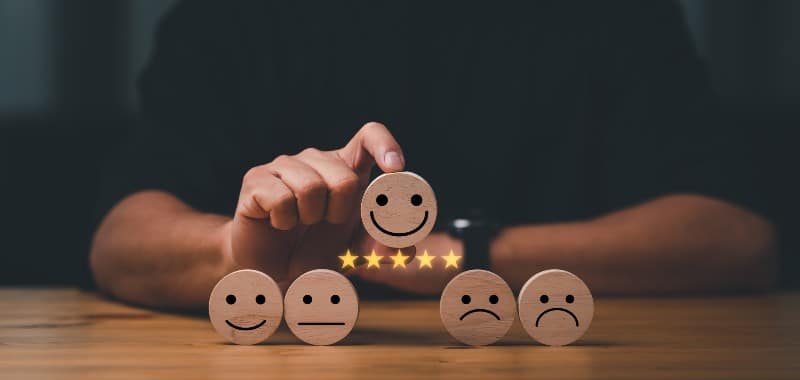Welcome to our Thursday Theory Tips mini series, where you can tune in, biweekly, to find business and management theory based tips for entrepreneurs and innovators. This is the first blog of the series.
Every successful business needs to correctly identify their audience if they want to profit and grow. But when starting a new business how do you know who your best customers will be?
The type of business you have determines your target consumer. In this piece we will be looking at two types of businesses, low end disruptors and new market disruptors.
Customers for low-end disruptors
First, if your business is a low end disruptor, then by definition you are targeting over-served customers with a lower-cost business model and a product that is just “good enough”. These over-served customers tend to be current users of mainstream products who seem disinterested in offers to sell them improved-performance products, basically the customers who are unwilling to pay for the “better” options.
For example, Toyota’s smaller Corona car was a low end disruption in 1957 therefore its target and best customers were people who weren’t interested in luxury cars and would instead purchase a “good enough” reasonably priced vehicle that would get them from point A to point B.
Another, slightly more relevant example of a low end disruption customer can be seen in my grandmother and her choice of cellular devices. Unlike my mother and I, she isn’t in the market for the newer iPhones with the latest technology, best camera, battery, and storage. All she needs is to make phone calls, send the occasional text message, and check on her Facebook friends; those are the three jobs she hires a cellphone for. So she is the best customer for the “free phones” (or significantly lower priced phones) that our carrier offers with family plan deals. These phones tend to be older version androids that have simple, basic features good enough to get her three jobs done.
Essentially the best customer for a low end disruptive innovation is someone who may be willing to accept luxury products with fancy (and often unnecessary) features, but who is unwilling to pay for them and will therefore settle for good enough products with basic features.
Customers for new market disruptors
On the other hand, if your business or innovation is a new market disruptor, meaning you are creating a new market or a new segment in an existing market, then your customer is what we call the nonconsumer. A nonconsumer is a little trickier to identify. The nonconsumer is someone who needs to get a job done, but no solution has been developed. Or perhaps a solution has been developed for the job, but it is too expensive or complicated. Needing to get a job done is key here, because you can’t sell a solution to someone who isn’t looking for one.
A relevant example to our work in Global Prosperity right now can be seen in customers of solar energy. The best customers for solar energy tend to be those in growth economies such as South Asia or Africa, because these countries are nonconsumers not just of solar energy, but of all energy. Unlike richer countries whose alternatives to solar power are other more practical energy sources, in growth economies the alternative to solar power often tends to be no power at all. That is why growth economies are the best customers of solar energy.
In fact, growth economies are often ripe with nonconsumption and make the best customers for many new markets. Mo Ibrahim targeted the poorest countries in Africa when he created Celtel, coming up with an innovative and affordable pay as you go scratch card telecommunication solution for customers who otherwise had no affordable telecommunication at all. Targeting these customers proved successful, he had no initial incumbent competition, and was able to build a billion dollar company, turning nonconsumers into consumers.
To summarize, the qualities of the ideal customer for disruptive markets can be generally summed up in 4 points. These customers:
- Often don’t have a solution to a job within reach;
- Have nothing to compare your product to, and will purchase “good enough” products;
- Require a full proof, simple, and convenient solution;
- Will buy your product through new channels and employ that product in new venues, essentially creating an entirely new value network.
These tips should help entrepreneurs rein in the right customers and be on their way to growing their business. Next on our newly established Thursday Theory Tips series, will be a breakdown of successful business models.



